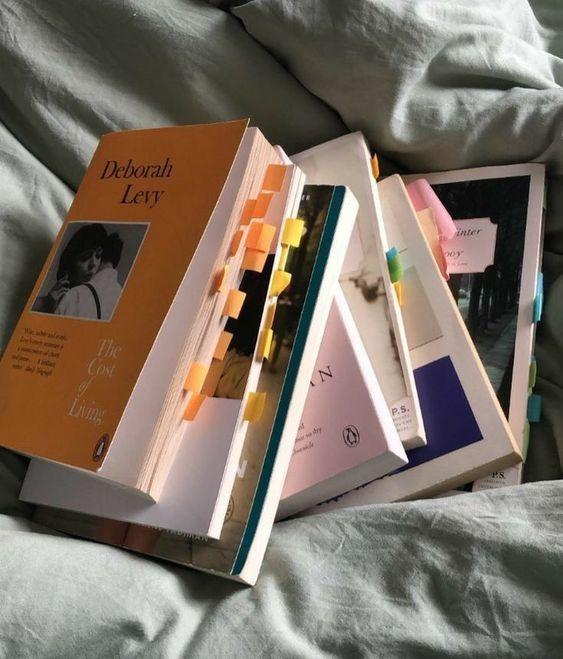
Children’s author Aidan Chambers shares tips on how to learn how to discuss literature properly and make it a way of comprehending yourself.
Chambers is well known for his books for children and young adults, but they have not yet been translated into Ukrainian. He is also the author of the original method of reading and discussing books, which is called ‘Tell me.’ It means, that we are books that we have once read. But it’s not just what books we choose to read that matters, it’s how we relate to them, whether we share our thoughts with anyone, and what we gain from it.
In ‘Tell me,’ a book aimed primarily at teachers of literature, Chambers argues that reading is much more rewarding when it becomes not just an intimate activity in private, but a collective endeavor. No one loses anything from sharing thoughts, but everyone is enriched, because we don’t really know what we are thinking about and feeling until we share it with someone else.
The same book can be read in a thousand different ways. The story lives on as long as we read it, and then it can be saturated with new meanings if we have someone to discuss it with.
A group of teachers including Chambers came to the conclusion from years of experience that the main way to teach a child to read was to talk. Discussing what you read among similarly interested readers gives it a very different status. If a teacher encourages children to express their thoughts and impressions, he or she can achieve a surprising effect: even a child who thought reading was boring and useless will see it as something that helps him or her understand others and himself or herself. The book is no longer a passive text and becomes a collaborative statement that is created here and now.
Self-perception is a deeply social process. We imitate those we want to be like, compare ourselves to others, looking for similarities and differences. The same thing happens when we read.
To prevent the discussion of the book from becoming an imposition of ‘correct’ opinions and labels, Chambers recommends the following principles and rules:
- Every thought is worthy of expression.
Even if you think the book is great, and your child thought it was the worst and the most boring book of his life, this opinion should be listened to and taken into account.
- Don’t be afraid of the obvious.
Somehow we easily forget that what is obvious to one may not be obvious to another. If you are discussing a book with children, don’t be afraid of questions that seem too easy, because even a simple question can have several equally correct answers.
- Don’t ask, “What was the author trying to say?”
Аnd don’t immediately ask questions about the meaning of the text or the conclusions to be drawn from it. It has to be approached gradually.
- It is better to ask, “How do you know that?”
When it comes to conclusions and interpretations, it is useful to ask on what basis they are made.
The list of recommendations, of course, does not boil down to these four points. The right choice of books and a comfortable reading environment are also important. Chambers recommends choosing a book so that it requires some effort, some inner work. If you read books of the same type and level of difficulty, the world becomes flat: the volume brings only the unfamiliar and varied info…So, I do recommend thinking about it.

























































Залишити відповідь